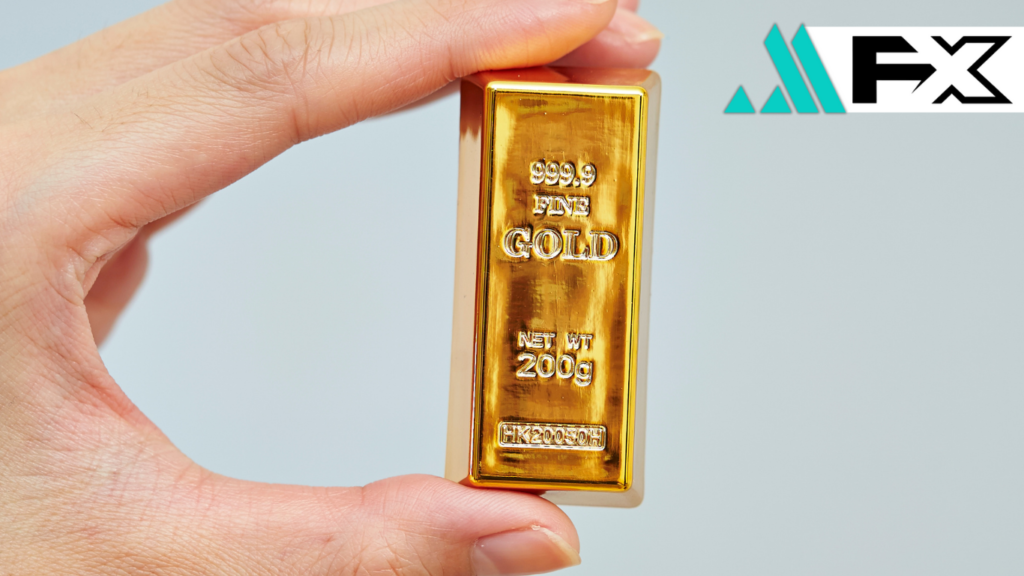Gold prices steadied on Thursday after surging to a record high of $3,167.57, driven by investor demand for safe-haven assets following President Donald Trump’s sweeping tariff announcement.
As of 08:34 GMT, spot gold remained stable at $3,130.21, with traders engaging in profit-taking after the sharp rally. Meanwhile, U.S. gold futures dipped 0.4% to $3,154.10.
Gold’s impressive 19% gain in 2025 has been fueled by:
- Rising geopolitical and economic uncertainties
- Increased central bank purchases
- Strong fund flows into gold-backed ETFs
Ross Norman, an independent analyst, noted, “Gold remains the ultimate flight to quality. Given the uncertainty, investors are aggressively buying dips, reinforcing strong market sentiment.”
Trump’s Tariffs Send Shockwaves Through Markets
On Wednesday, President Trump unveiled plans for a 10% tariff on most imports, along with steeper levies targeting key global trade partners. The announcement triggered sell-offs across stock markets, with concerns that the tariffs could slow economic growth and drive inflation higher.
However, some sectors were exempt, according to a White House fact sheet:
- Gold, copper, and energy products
- Certain minerals unavailable in the U.S.
While this spared the gold market from direct tariff pressure, investors remain wary of broader economic consequences.
What’s Next for Gold Prices?
Despite the pause, analysts at ANZ Bank project gold could reach $3,200 in the next six months, citing:
- Strong central bank demand
- Strategic fund inflows into gold ETFs
- Persistent global economic concerns
Meanwhile, U.S. COMEX gold stockpiles have surged, reflecting fears that import restrictions could disrupt global supply chains.
Other precious metals also experienced price swings:
- Silver fell 2.7% to $33.12, marking a one-week low.
- Platinum declined 1.5% to $969.25.
- Palladium dropped 1% to $960.25.
As trade tensions escalate, investors continue to view gold as a reliable hedge, reinforcing its role as a key financial anchor amid market turbulence.


